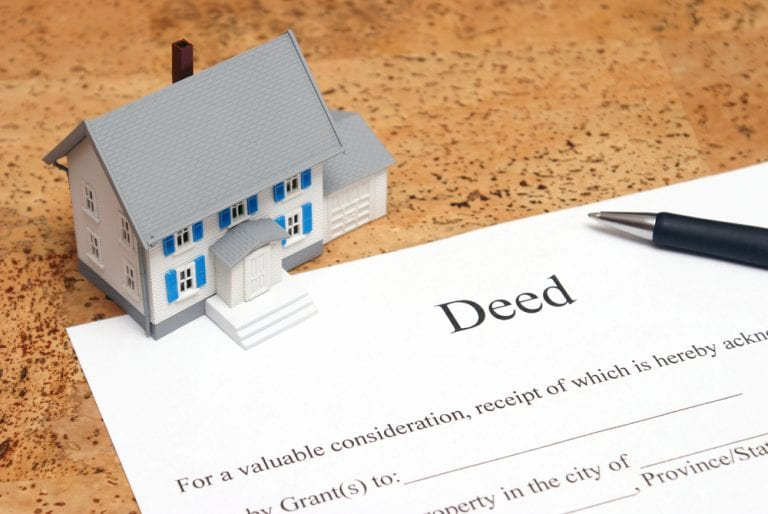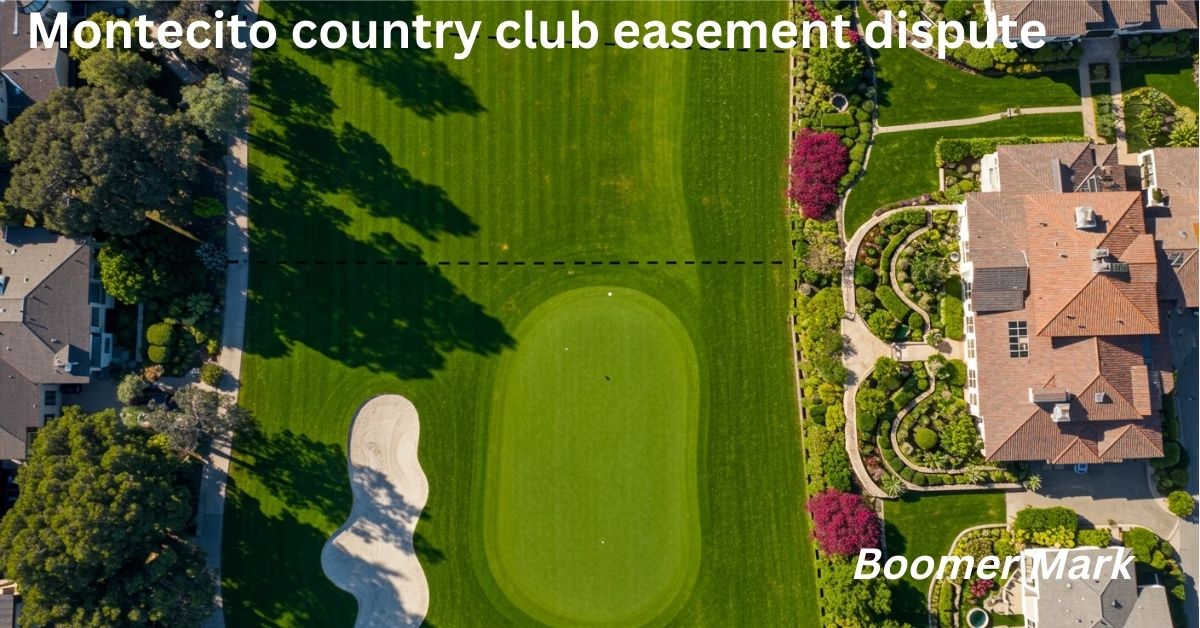The term “montecito country club easement dispute” refers to a legal disagreement involving land rights and access near or around the Montecito Country Club, a well-known private golf and social club located in Montecito, California. Easement disputes often involve disagreements about who can use a particular section of land, how it can be used, and under what conditions. In this case, the dispute has attracted attention due to the club’s status, the surrounding community, and questions of land ownership and access.

This article provides a complete, easy-to-understand guide to the Montecito Country Club easement dispute, helping readers around the world learn more about how such conflicts arise, what they mean for local residents, and how they may be resolved. We will explore not only the facts but also give simple explanations, new ideas, and thoughtful insights into the situation.
Understanding What an Easement Is
Before we dive into the specific details of the Montecito Country Club easement dispute, it’s helpful to understand what an easement is. An easement is a legal right to use another person’s land for a specific purpose. For example, a property owner might allow their neighbor to use a private road to access their home. That legal right is an easement.
Also Read:Obstschüsselhamster Explained: The Adorable Fruit Bowl Hamster You Never Knew You Needed
There are many types of easements, including:
- Right-of-way easements (such as paths or roads)
- Utility easements (for power lines, water pipes)
- Access easements (to enter or cross property)
Easements can be permanent or temporary and may involve written agreements or historical usage over time. Problems happen when people disagree on the use, size, or legality of an easement. That is what seems to have occurred in the case of the Montecito Country Club.
A Brief History of Montecito Country Club
The Montecito Country Club is a luxurious club with a long history. Located in the heart of Montecito, it is surrounded by high-value homes and properties. Known for its golf course, social events, and beautiful scenery, the club has been a staple of Santa Barbara County society for decades.
The area is also home to private estates, historical landmarks, and complicated property lines. Many parcels of land in this part of California have been passed down through generations, which can lead to confusion or outdated agreements regarding property access.
What Led to the Montecito Country Club Easement Dispute?
The Montecito Country Club easement dispute began when one or more landowners or neighbors claimed that the club was blocking or changing access to land they had previously been allowed to use. In many easement cases, disputes arise over changes such as:
- New fences or gates
- Changes in landscaping or road layout
- New construction projects
- Disagreements about maintenance responsibilities
At Montecito, these issues may have involved blocked access roads or disagreement about land ownership lines. The club or surrounding residents may have altered land features, unintentionally (or intentionally) cutting off historical easement access. As tensions grew, legal action was taken to resolve the issue.
Also Read:Theplaycentre .org: A Global Resource for Minecraft Enchantments and Game Learning
Who Are the Main Parties Involved?
In this easement dispute, the main parties are likely to include:
- Montecito Country Club: The property holder accused of changing or violating easement terms.
- Local homeowners or residents: Those who believe their access rights have been removed or restricted.
- Santa Barbara County or local government: They may become involved in terms of zoning, permits, and public interest.
- Legal representatives: Attorneys hired to argue both sides.
While specific names and parties may not always be public, easement disputes can affect entire neighborhoods, especially in areas with private roads and shared property lines.
Legal Questions in the Montecito Country Club Easement Dispute
This easement dispute may involve many legal questions, including:
- Was there a legal easement in place?
- Was the easement written or implied?
- How long had the easement been used?
- Did the club change the land in a way that blocked the easement?
- Are there damages caused by restricting access?
- Can the easement be removed or altered?
Courts often have to look at old property records, maps, and personal testimonies. The law tries to balance property rights with fairness, especially when access has been long-established.
How Easement Disputes Are Resolved in California
California has strict rules about easements. Judges look at property deeds, usage history, and agreements.

There are several possible outcomes for an easement dispute:
- The court confirms the easement and orders access to be restored
- The easement is ruled invalid and removed
- The parties reach a private settlement
- Compensation is ordered if damage occurred
Often, courts also consider the impact on both parties. For example, if restoring access would cause harm to the club, the court may find a middle ground.
Also Read:Understanding SquaringTheNet.org and Why It Matters
Impact on the Montecito Community
The Montecito Country Club easement dispute affects more than just the two parties. The outcome could affect:
- Property values
- Road access and traffic
- Future development
- Community relationships
Residents may worry about how the dispute impacts their own land, access, or sense of fairness. In small communities, property disputes can become emotional and deeply personal.
Public Reaction and Media Coverage
While some easement disputes stay private, others, like the Montecito Country Club easement dispute, attract media attention. Public interest increases when:
- The location is well-known or wealthy
- Celebrities or large institutions are involved
- Access to public or shared land is affected
Media coverage may influence public opinion, especially if one side is viewed as more powerful or wealthy.
Why Easement Disputes Are So Common
Easement conflicts are common across the world. Reasons include:
- Old property boundaries that were never updated
- Verbal agreements instead of written contracts
- New property owners who don’t know about existing easements
- Poor communication between neighbors
These conflicts can happen in both rural and urban areas and often come down to interpretation of legal documents and human behavior.
Lessons from the Montecito Country Club Easement Dispute
The Montecito case offers some lessons:
- Always get easements in writing
- Keep records of how land is used
- Communicate clearly with neighbors
- Consult with legal experts before making land changes
These simple steps can help avoid future conflicts and expensive legal battles.
Also Read:Virtualaia .com: Exploring the Future of Immersive Technology
Possible Outcomes and What’s Next
As of now, the resolution of the Montecito Country Club easement dispute may still be in progress or under legal review. Possible outcomes include:
- Court-ordered access restoration
- Permanent closure of disputed access
- Compromise agreements
- Financial compensation
The decision may set an example for similar cases in the area.
How to Prevent Easement Disputes

If you own or are buying land, there are steps you can take:
- Do a title search before buying
- Get a land survey to understand boundaries
- Ask about existing easements
- Put all agreements in writing
Prevention is always better than conflict.
The Future of Easements in High-Value Areas
In places like Montecito, where land is expensive and highly valued, easements will continue to play an important role. As development increases and land is divided into smaller lots, access rights become more important.
The Montecito Country Club easement dispute is just one example of how vital land access can be and why these issues are worth attention.
Also Read:Snapsource.net: Unleashing Innovation in Consumer Electronics, Software, and the Internet of Things
Conclusion of the Montecito Country Club Easement Dispute
In conclusion, the Montecito Country Club easement dispute reflects the complexities of land use, property rights, and community interests. It highlights how easement disagreements can impact not only landowners but also neighborhoods and local governments. Understanding both the legal and emotional sides of such disputes is key to finding fair solutions. While the case may seem local, it serves as a global example of how clear communication, proper documentation, and mutual respect are essential in resolving land conflicts. As Montecito moves forward, this dispute offers lessons for communities everywhere facing similar property and access challenges.
FAQs
What is the Montecito Country Club easement dispute about?
It is a legal disagreement about who has the right to access certain parts of land near or through the Montecito Country Club.
Is the dispute still going on?
There may still be ongoing legal discussions. The final outcome might depend on court decisions or private agreements.
Who is affected by this easement dispute?
Homeowners, club members, local residents, and possibly even public agencies may be affected.
Why do easement disputes happen so often?
They happen because of unclear land records, changes in ownership, and misunderstandings about access rights.
Can easement disputes be prevented?
Yes, by having clear, written agreements and proper land surveys.
What happens if an easement is blocked?
The person affected can take legal action to restore their access or seek compensation.
Why is the Montecito dispute important?
It highlights how even in wealthy areas, land rights can be complex and lead to conflict.
Does this kind of dispute happen in other countries?
Yes, easement and land access disputes occur around the world, in both rural and urban areas.
